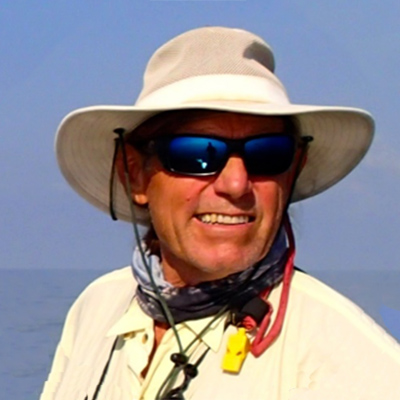Interspecific foraging association of a nurse shark (Ginglymostoma cirratum) with bottlenose dolphins (Tursiops truncatus)
By Connor F. White, Harold. L. Pratt Jr., Theo C. Pratt, Nicholas M. Whitney
Originally published in Animal Biotelemetry in November 2022

Abstract
Animals sometimes forage in mixed species groups, where an individual of a “follower” species actively trails a foraging individual of another “nuclear” species to benefit from the latter’s foraging strategy. Here, we report on a serendipitous observation of a large, benthic, reef-associated predator, the nurse shark (G. cirratum) following a pod of bottlenose dolphins (T. truncatus) in an apparent attempt to feed on benthic prey disturbed by dolphin foraging. Data from a shark-borne camera, accelerometer, depth, and temperature datalogger package show the nurse shark following the dolphin pod for a period of 15 min and performing multiple, rapid vertical ascents from a depth of 24 m to near the surface following dolphins. The shark performed gliding descents behind dolphins back to the benthos and repeatedly swam through clouds of sand that were produced from dolphin crater feeding behavior. The dolphins appeared to ignore the shark except for three occasions when they struck the shark in the head with their caudal flukes. The shark eventually appeared to locate a benthic prey item as it turned sharply, stopped swimming, and performed what appeared to be suction feeding near the bottom, with clouds of sand rapidly expelled from its gills. This is the first report of rapid vertical ascents and interspecific foraging in a nurse shark.
Full Text



